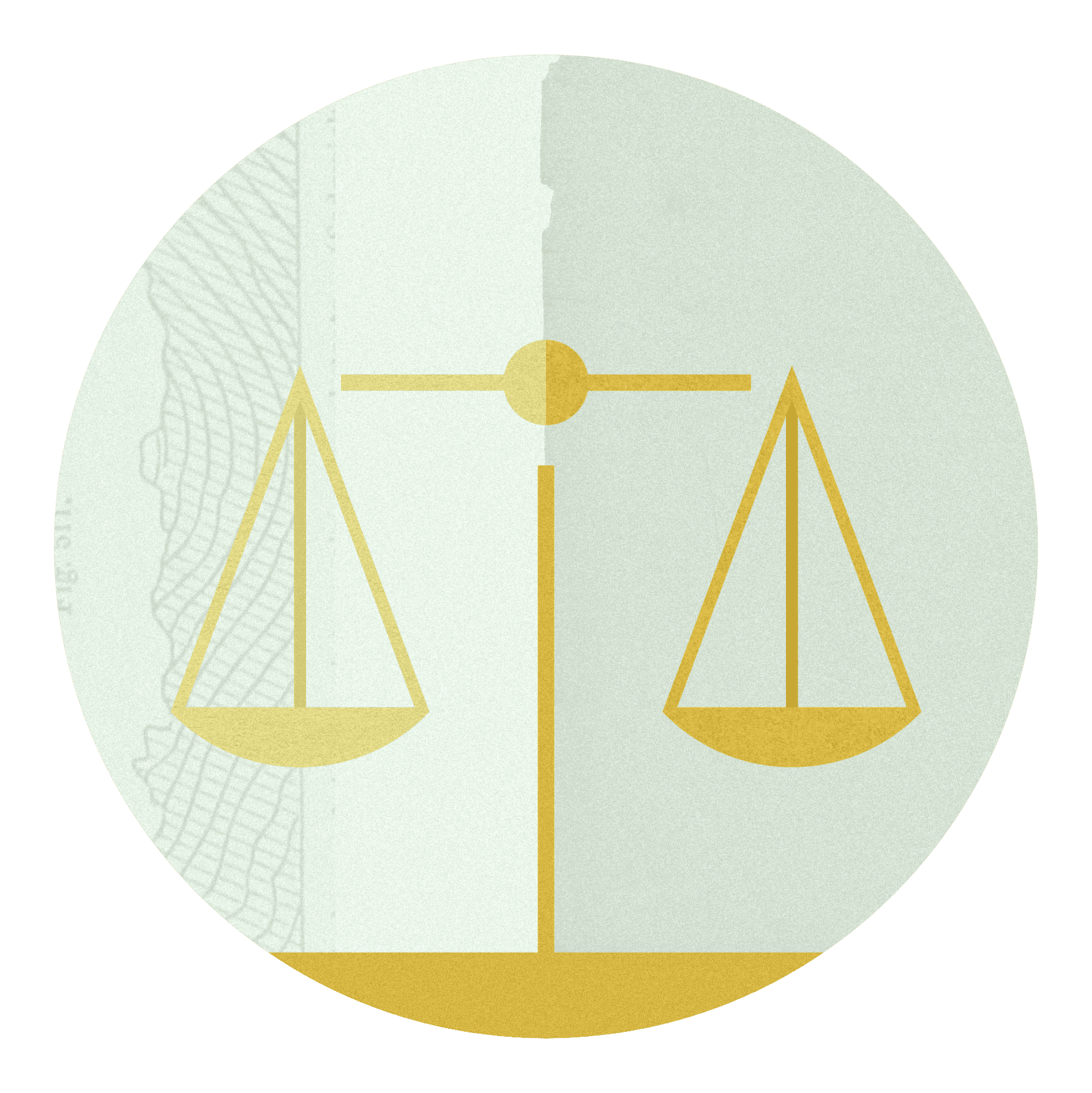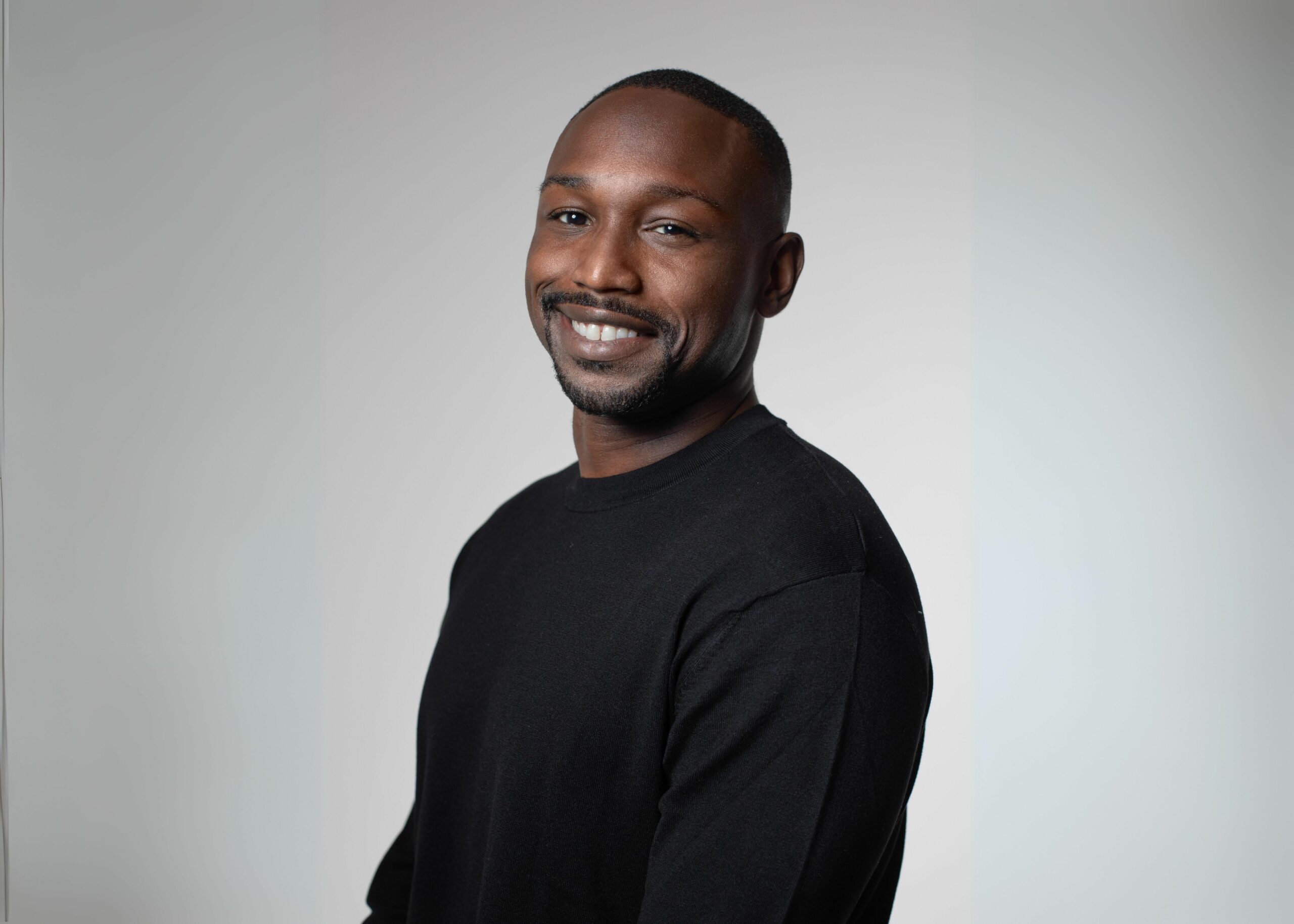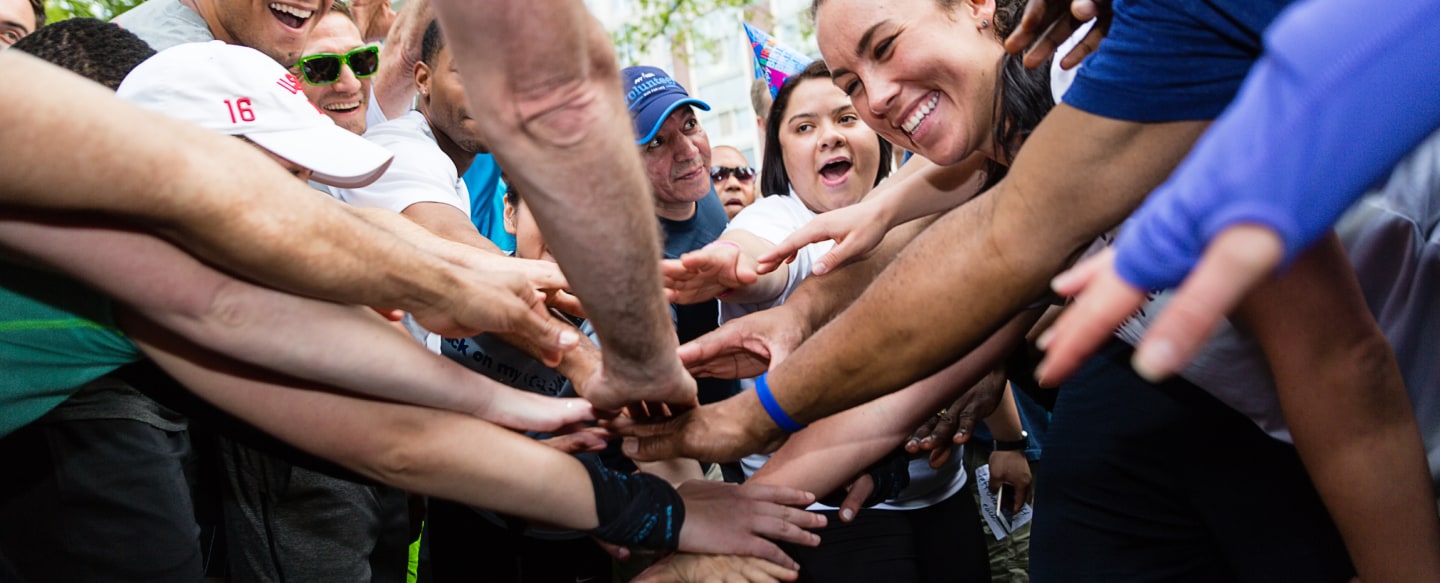When Ashley Berner began teaching at a Louisiana university in 1994, she was startled by how little her students knew about history, grammar, and literature. For Berner, who attended private school in Florida, learned German and studied Latin at Davidson College, and earned her doctorate in modern history at the University of Oxford, it was educational culture shock.
“The contrast between my first-generation college students’ enthusiasm for learning, and their academic under-preparation, was heartbreaking, ” says Berner, assistant professor of education and deputy director of the Johns Hopkins University Institute for Education Policy. “This sense of injustice is what led me to study American education and to work for solutions.”
Such classroom experience has guided Berner’s career, including her work at Johns Hopkins. Since 2015, the Institute for Education Policy has provided superintendents, state commissioners, charter school network leaders, and national membership organizations with research that addresses real-world issues, from a nonpartisan perspective. In addition to responding to the needs of the field, the Institute focuses on teacher preparation, curriculum, and one of Berner’s core interests: educational pluralism. In plural school systems, the government funds a variety of different schools—from what the United States calls district schools, to Montessori and Catholic schools —but doesn’t necessarily run them. Pluralism is common throughout much of the world, but the United States follows a uniform public school system in which the government funds, regulates, and almost exclusively provides public education.
“A plural system is designed for inclusion and quality,” says Berner, author of the 2017 book Pluralism and American Public Education: No One Way to School. “It’s the democratic norm around the world. In pluralism, choice and accountability are two sides of the same coin.”
Berner points to examples such as the Netherlands, which funds 36 different types of schools, from Islamic to Jewish Orthodox to socialist. Alberta, Canada, funds homeschooling along with Inuit, Jewish, and secular schools. In Australia, the central government is the nation’s top funder of independent schools. Other countries with plural school systems include Denmark, Finland, Germany, and Sweden.
Berner first encountered educational pluralism when completing her doctoral work at Oxford University. Because her daughters attended primary school in the United Kingdom, she came to understand that public education was structured quite differently than in the United States. “I encountered something I hadn’t known: That most democracies fund a variety of schools on equal footing,” she says.
State requirements and funding mechanisms vary from country to country—as do the academic outcomes. Pluralism does not ensure excellence, but because a wider array of schools are available regardless of parental income, Berner says the structure tends to reduce inequalities: “In the United States, economically advantaged families can move to a “better” school district or pay for private schooling. Low-income families don’t have those choices.” Certain schools may also be better fits for certain students. “It’s not just about a school’s financial resources,” she says. “It’s about its distinctive ethos or pedagogical approach.”
So why did the United States adopt a uniform system? In the 18th and early-19th centuries, pluralism was very much part of our school systems, from Catholic to congregationalist schools, says Berner. In the mid-19th century, however, millions of Catholic immigrants arrived in the country. The Protestant majority felt threatened, which led to a nativist movement that was anti-immigrant, anti-foreign language, and anti-Catholic. Many states passed legislation to defund Catholic schools, and the United States shifted from plural to uniform school systems. The word “uniform” even appears in many state constitutions to describe public education.
“As modern Americans, we’ve never known anything different,” she says. “One of the reasons I wrote my book is to simply hold up alternatives and say, ‘Isn’t it interesting that most democracies don’t do it this way?’ I think we could move towards a pluralistic system, but our imaginations would have to catch up.”
Berner agrees that practical problems such as school transportation need be solved for a plural system to work in the United States. “It’s one thing to say, anybody can go to any of these schools, but what do you do when there’s not great public transportation?” Furthermore, the accountability measures that most pluralistic systems take for granted are contested across the political spectrum here.
Berner is also interested in the recent turn towards high-quality curricula. “Until the early 20th century, Americans had a curriculum that was quite academically rigorous,” she says. “You had to know algebra. You had to know Shakespeare. For various philosophical reasons, our country moved towards a skills-based rather than a content-rich curriculum. This plays out in our K-through-12 assessments, most of which do not require specific content.” This is in stark contrast to some of the world’s highest-performing systems, many of which fund a wide array of schools and require them to reach a high bar academically.
Many low-income families crave a more demanding curriculum, she says. “There are some poignant stories in Diane Ravitch’s book, Left Back, of first-generation families asking schools to provide more challenging coursework,” which, Berner says, resonates in many community conversations of which she is a part. And yet research suggests that when schools have distinctive missions, and students are required to learn challenging content, it narrows the achievement gaps, says Berner. In studies of Catholic high schools, the achievement gap between low- and high-income students was virtually eliminated between 9th and 12th grade.
Berner is optimistic about America’s educational future. There is good news in the area of curriculum, Berner says; state and district leaders are increasingly implementing higher-quality curricula and preparing teachers to lead more rigorous classrooms. And she cites legislation passed in Illinois in 2017, which increased money for district schools, created a tax credit program to allow low-income families to attend private schools, and required all students who participate to take the same tests. The measure resulted from shared concerns—and no small degree of compromise—among policymakers.
“We’ve got to start supporting politicians who are willing to make compromises,” she says. “Americans are tired of the battles between charters and district schools; these take up too much energy and resources. A pluralistic system doesn’t pit entire sectors against one another. It assumes that schools should be distinctive, that they’re all part of public education, and that public education exists for the common good.”
The Johns Hopkins University Institute for Education Policy is supported by the Charles Koch Foundation. The Foundation supports scholars in many fields working to understand the challenges and opportunities associated with k-12 education.











